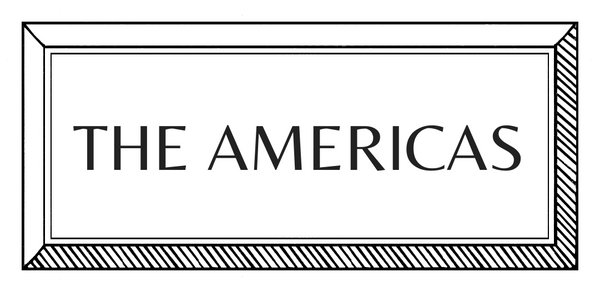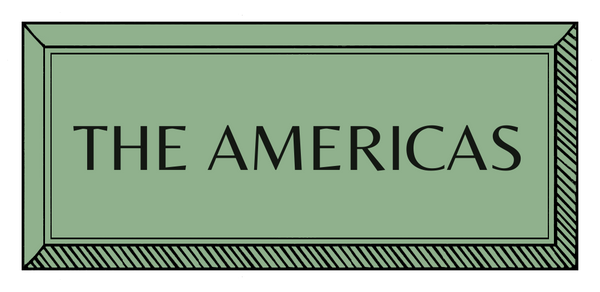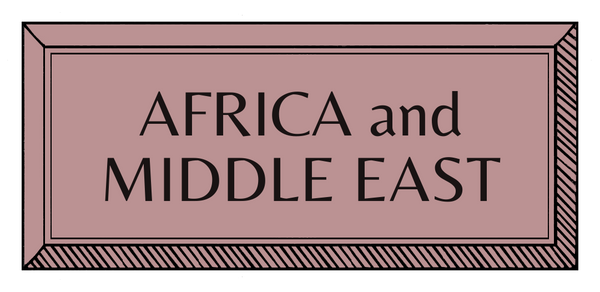MAKERS | EUROPE | ITALY | PLASTER
Gipsoteca Fumagalli & Dossi

Plaster casts have been used since the time of Ancient Greece, but it was not until the rise of Neoclassicism that they truly gained widespread popularity. During the 19th century, the first gypsotheques began to appear in Milan, serving both as resources for artists and art schools, and to satisfy the growing interest of collectors. Nestled within a historic courtyard with distinctive yellow walls, the Fumagalli and Dossi Gypsotheque stands today as the only surviving heir of this artistic tradition. The plaster reproductions are still handcrafted by the two artisans after whom the workshop is named, drawing on a captivating archive of moulds passed down by their predecessors to shape their sculptural repertoire.
How did you begin?
The first plaster cast gallery in Milan, in the nineteenth century, was the Campi Museum, followed by the Vallardi Gallery, whose owner also had a publishing house. It closed down by selling off its surplus stock in the interwar period, when plaster casts went out of fashion. In 1927, two former workers, Bertolazzi and Garibaldi, joined forces and founded a new, smaller workshop in the old stables on the ground floor of the building where we are still located today. Their descendants continued the business, and at a certain point, in 1946, Agostino Fumagalli, my brother-in-law, who was just 11 years old at the time, was hired as a errand guy. I was next, starting at the age of 17, and in 1974, after completing the military service, we took over the shop. It was a very different way of learning the techniques, compared to today’s habits. When I started, I hardly had time to ask myself what I wanted to do, or if it was “my calling”, but the more I became familiar with it, the more I realised how much I enjoyed the work. I never thought there was anything else in store for me, and I put all my energy into running the business and introducing some little innovations.
How did you learn?
I worked my way up from the bottom and learned through observation and practice. In the 1970s and 1980s there were still many artists who turned to the plaster workshops to make copies of what they would then transform into bronze in the foundry, and I was able to witness the way many different creative minds approached the artworks. Over time, the abandonment of classical modelling and the taste for a well-polished surface, considered too perfect, shifted artists' preferences towards the lost wax technique, so my primary job became the direct sale of plaster works (or, very often, rental to fashion or design brands that use the sculptures for their sets). Today, only a couple of artists a year come to me for plaster copies with the aim of making bronzes. This process means that the statues are all hollow inside and lighter than they appear from the outside.
How do you plan, prepare and execute your works?
To make a copy, the first step is to cover the original with a layer of rubber about 1 cm thick, which is then encased in a plaster (or fibreglass) shell. Both are then split into two halves, like a cracked walnut, and the result is the negative, which is filled with liquid plaster layer by layer. It dries quickly (in about 40 minutes) and each layer absorbs the previous one. When the sculpture is complete, the final step is to touch up the so-called “slime”, namely the thread that appears where the two halves were joined.
Who or what most influences your work?
We are the continuators of a tradition. We still use the casts we inherited from our predecessors, which represent both what they considered visually appealing and what was useful to artists in their anatomical studies (for example, casts of hands, feet or ears, chosen so as not to always have to resort to a model). I introduced the moulds of plants, reproducing them from life. I even tried once with a rose – obviously the bud worked better than the open flower, because there was no way to preserve the impalpability of the petals, unfortunately. Over time, I realised that 100 pieces would be enough to work well in a plaster cast gallery, and that it makes no sense to enrich the archive too much.

Where do you work?
Our main workshop is located in our historic headquarters in the heart of Milan, but for monumental works we also had to find a more spacious location outside the city. We did everything possible not to alter the appearance of what we inherited, except for repainting the walls, which was done years ago. Historically, Pompeian red was the traditional colour for plaster cast galleries, but we decided not to use it because it was very dark and made the space feel more cramped (in addition to the fact that the heating system had darkened it further).
What are the joys and difficulties of being a craftsman today?
The fatigue is mainly physical. It is very demanding work in terms of muscular effort, which becomes more difficult as you get older.But the idea of retiring does not appeal to me at all. Even today, I still find the process of shaping the plaster a new experience every time, because each sculpture is unique.
Interview by Sara Pierdonà
Images from Alessandro Laraspata





















































